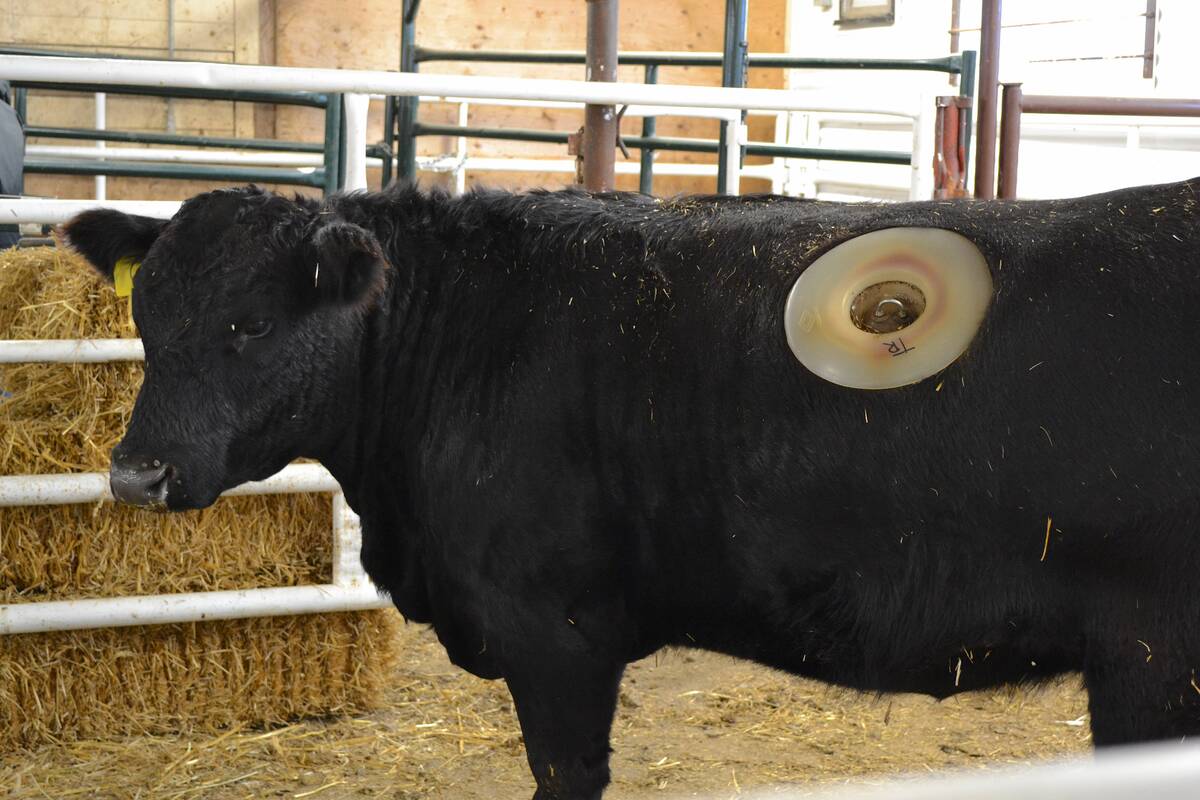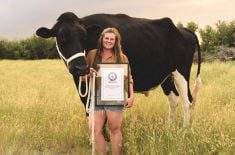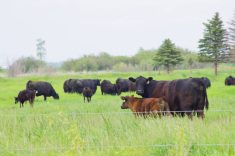Vaccinations are a cornerstone biosecurity practice for cow-calf operations and feedlots.
It is not uncommon for two or more vaccines to be given twice a year. There has been lots written about proper vaccination techniques, vaccine storage, maintaining the chain of refrigeration and other things that affect the way these vaccines perform.
I want to discuss the most important equipment: our automatic or multidose syringes.
It is imperative to use the right syringes, maintain them and keep them calibrated, and select the right type for the job.
Read Also

Lakeland College studying livestock wellness through cannulated heifers
Lakeland College’s Applied Research Team is working with six cannulated heifers on a handful of research projects.
From saving labour to minimizing spillage to ensuring the proper amount and minimizing air in the syringe, it adds up to a proper dosage in the proper place. The result is a better immune response. One pays very good money for vaccines, and good automatic syringes help ensure they work.
Newer generation syringes are well worth the investment and will last for years. I still see a few people who fill plastic syringes multiple times but they are prone to breaking and your fingers and hands get sore filling them.
Get away from that habit. Everyone in cattle production should have multiple automatic syringes to deliver accurate amounts of vaccines or other medications. Many producers, including feedlots, use automatic guns for certain antimicrobials. They may be supplied by the pharmaceutical company and may be calibrated for a specific antibiotic by weight.
Keep an eye on calibration with all syringe types. This may be as simple as making sure a 50-dose gun giving two cc’s of vaccine does 25 calves. The calibration of newer guns is seldom off until the gun starts to wear and the plunger rod gets worn out.
Barrels sometimes break or crack. Most are made of strong plastic rather than glass and are less prone to breakage.
Bottle-mount syringes take a full bottle of product, and there are also standard automatic guns where the product is drawn up. These are nice because the rest of the vaccine bottle can be put in the cooler.
Standard guns will also fit in the syringe slots of commercially constructed storage units that are now on many modern farms. These keep products and syringes from freezing in winter or overheating in summer. It is a good way to ensure the quality of the vaccine right up until it is injected. The type of automatic gun used depends on preference.
Mark your vaccine guns with the product used, to avoid mixing products in different guns. As an example, modified live vaccines will be destroyed by clostridial vaccines.
Some guns have coloured knobs that can be put on the push rod, or you can simply write on the barrel. This helps tell the syringes apart. Other syringes have half-cc increments. That is rarely needed except for things like hormones.
Some have smaller diameter barrels so one can easily feel the product going in. I prefer the standard syringes, and one gets used to the two cc increments in which most vaccines are dispensed.
All the newer syringes have mechanisms that don’t allow air back inside and are a vast improvement over the older metal and glass syringes. Those older syringes have done their duty and should be retired.
Maintenance of syringes involves a simple wash with warm water and drying. Adding a small drop of cooking oil to the rubber rings keeps everything well lubricated. Keep them clean because the last thing we want is vaccine guns causing infections.
You can use antibiotics in syringes but then continue to use that syringe for antimicrobials and clean them after use. Some products cause issues with the O-rings unless cleaned right away. It’s always good to have spare parts or even a spare gun on the farm in case of damage to the gun or parts wearing out at inopportune times.
Use automatic guns, keep them maintained, labeled and cleaned, and learn or teach everyone the one-handed injection technique to avoid hand injuries. Better guns will facilitate quicker processing, accurately dispense product and result in better response from vaccines.
















